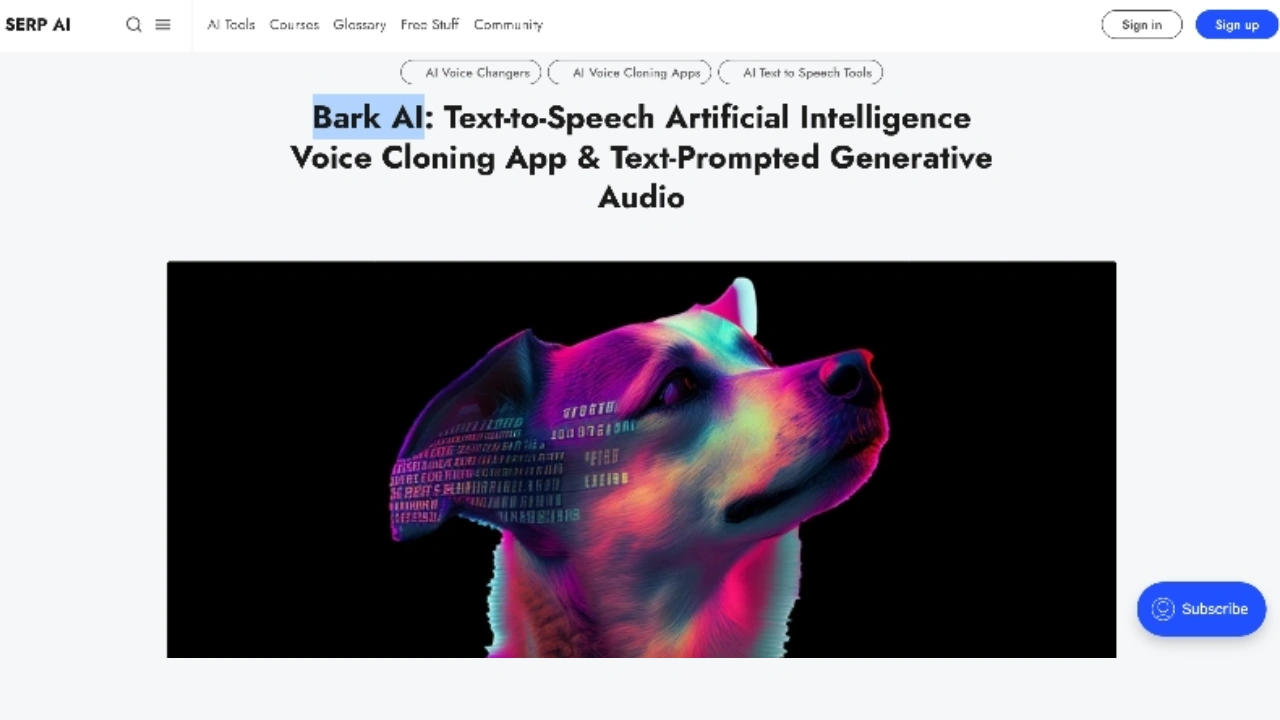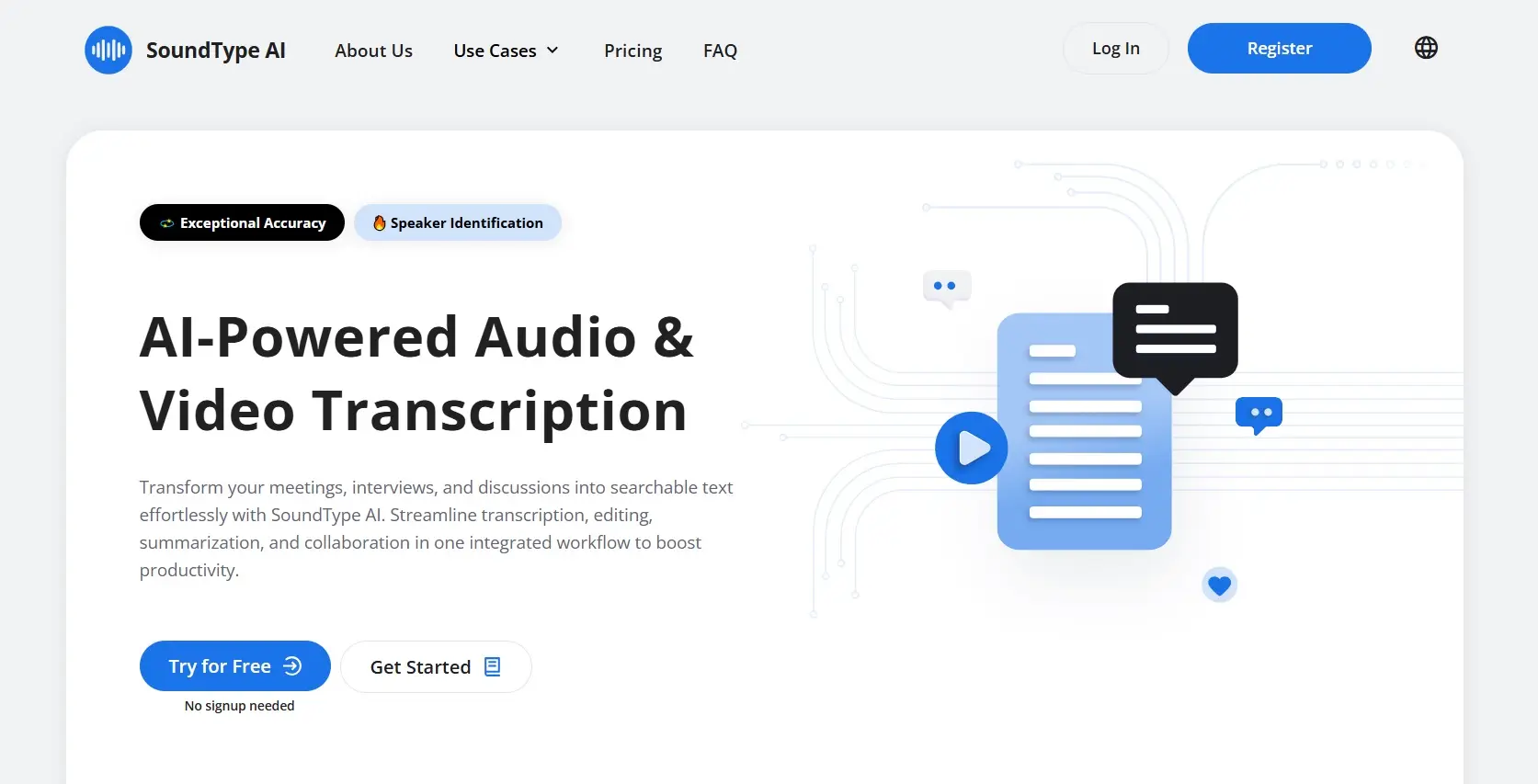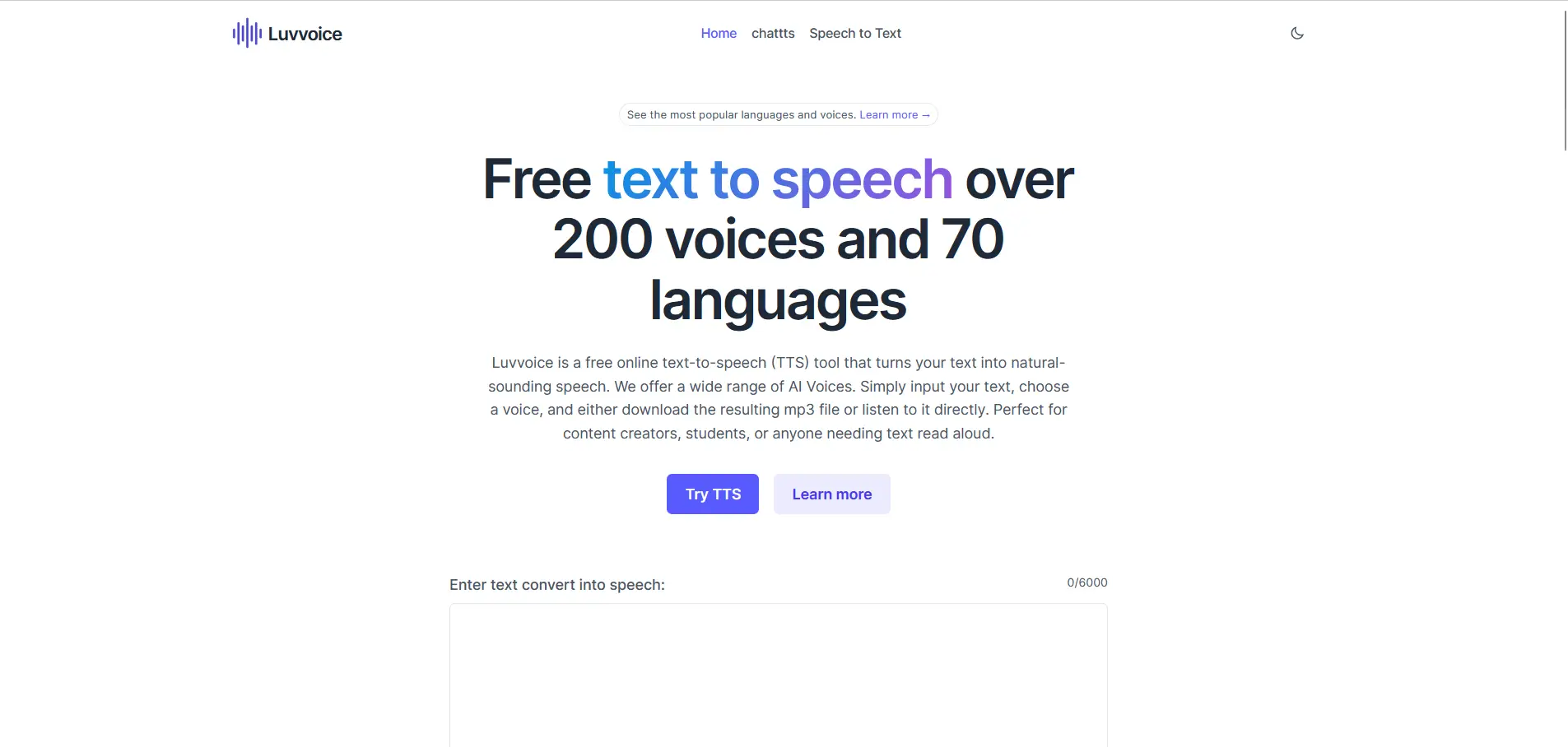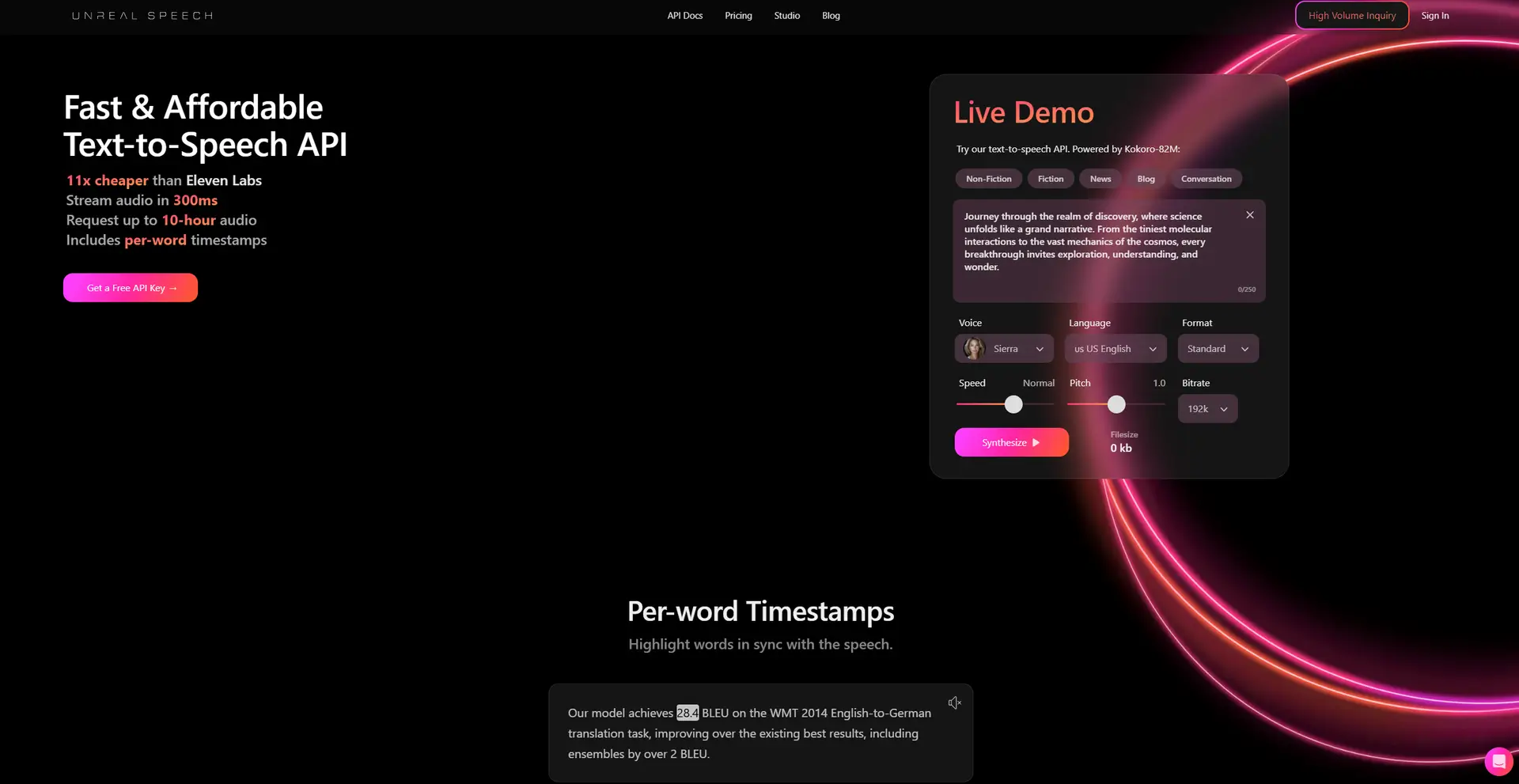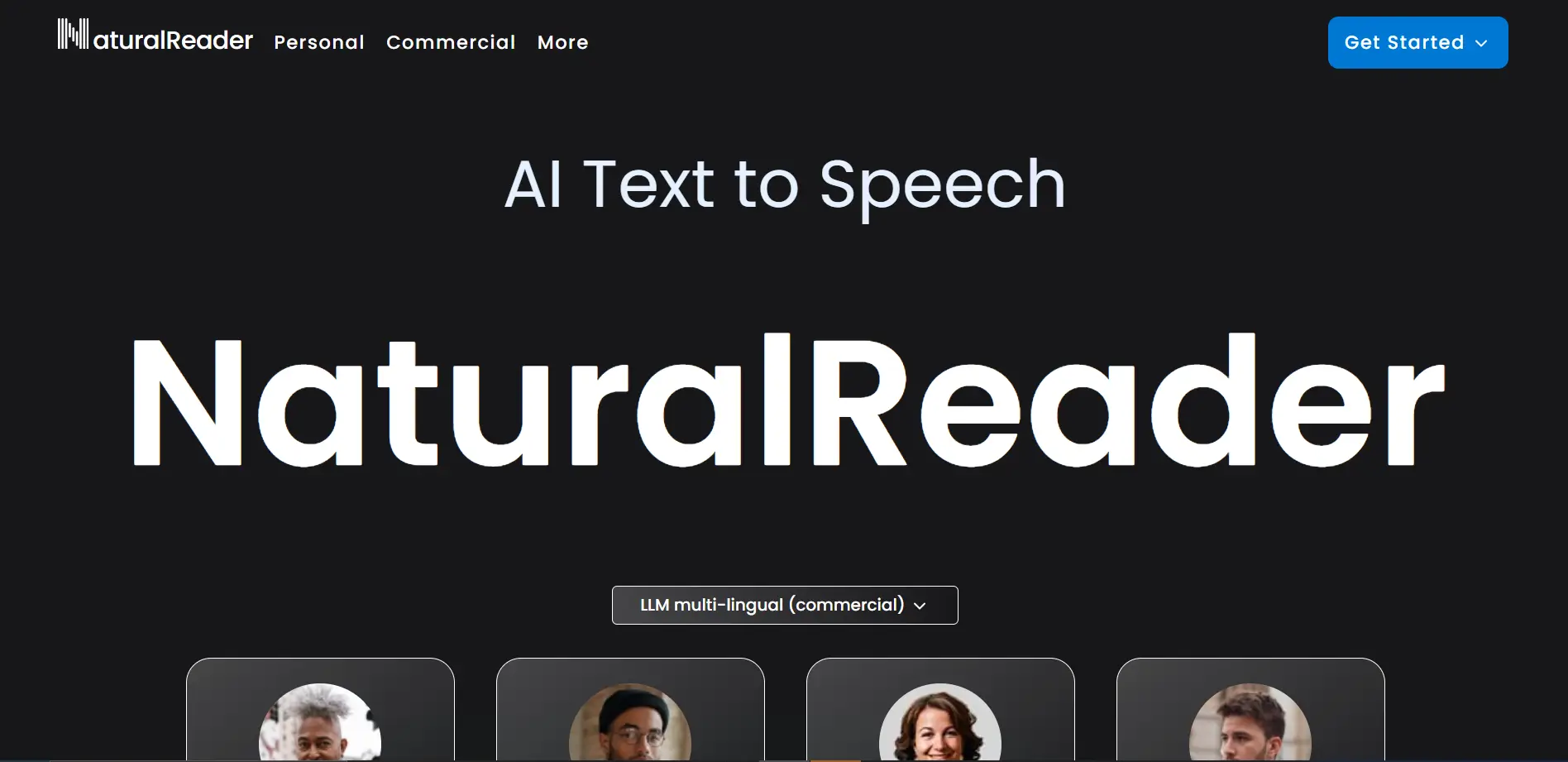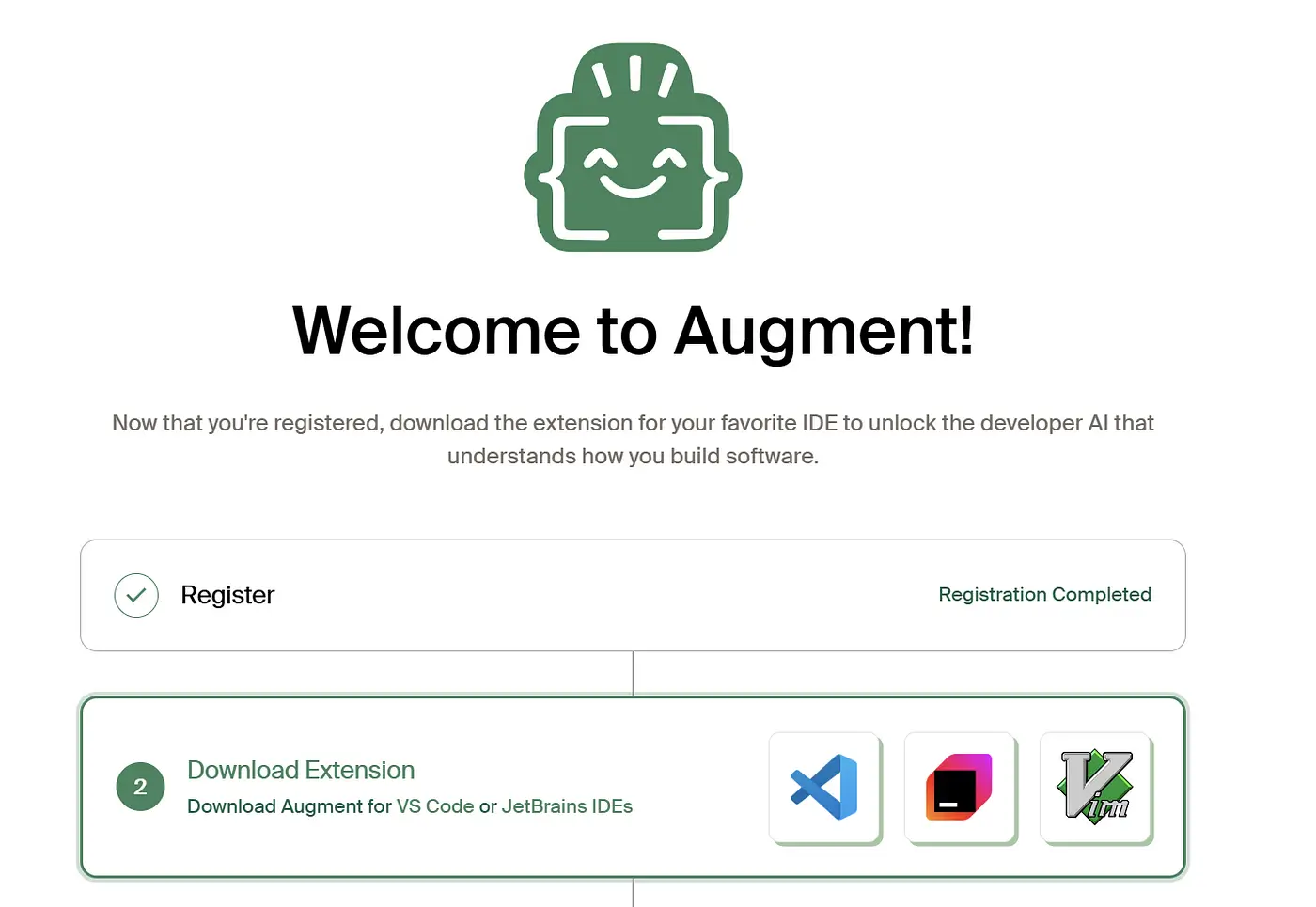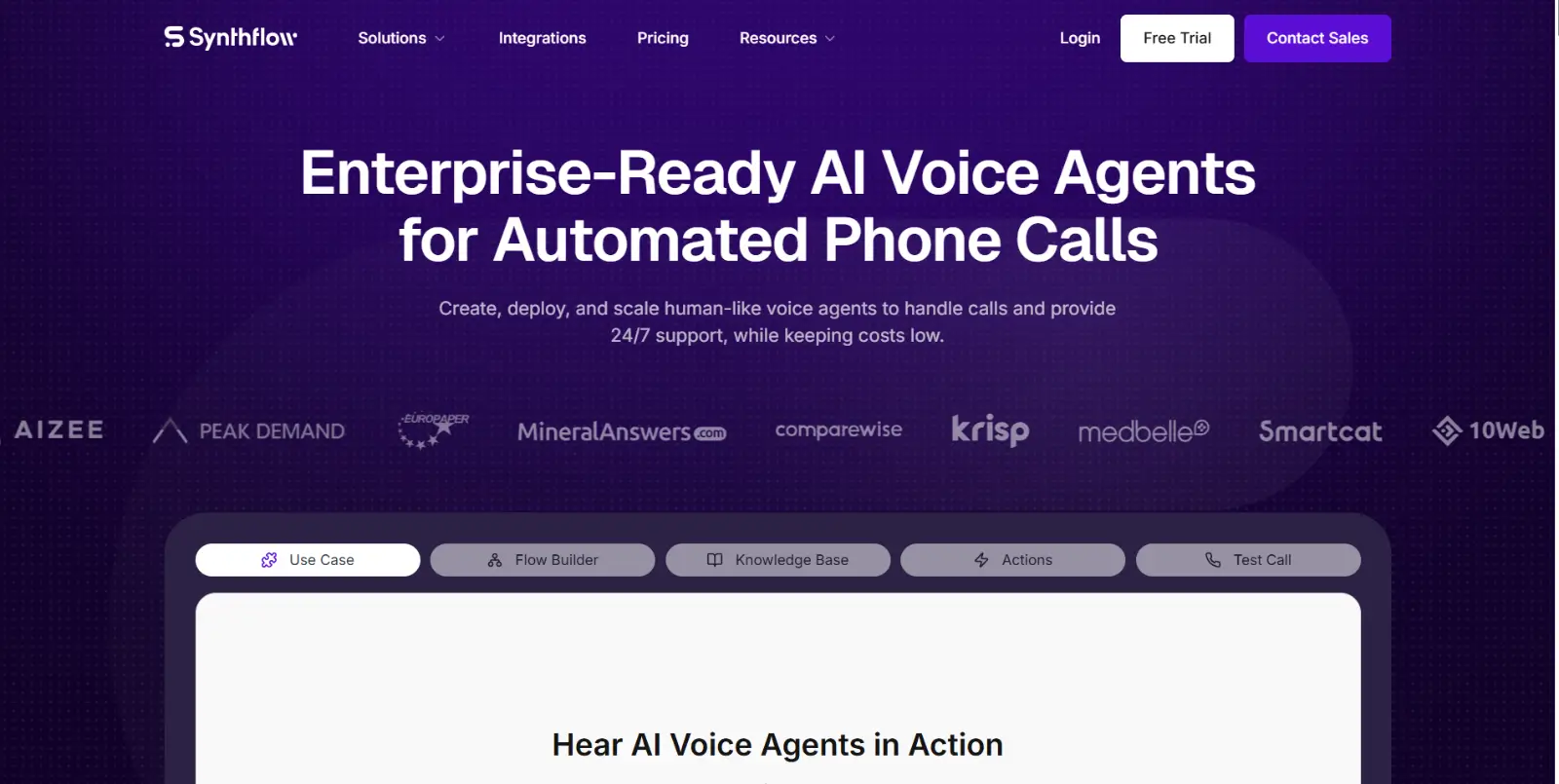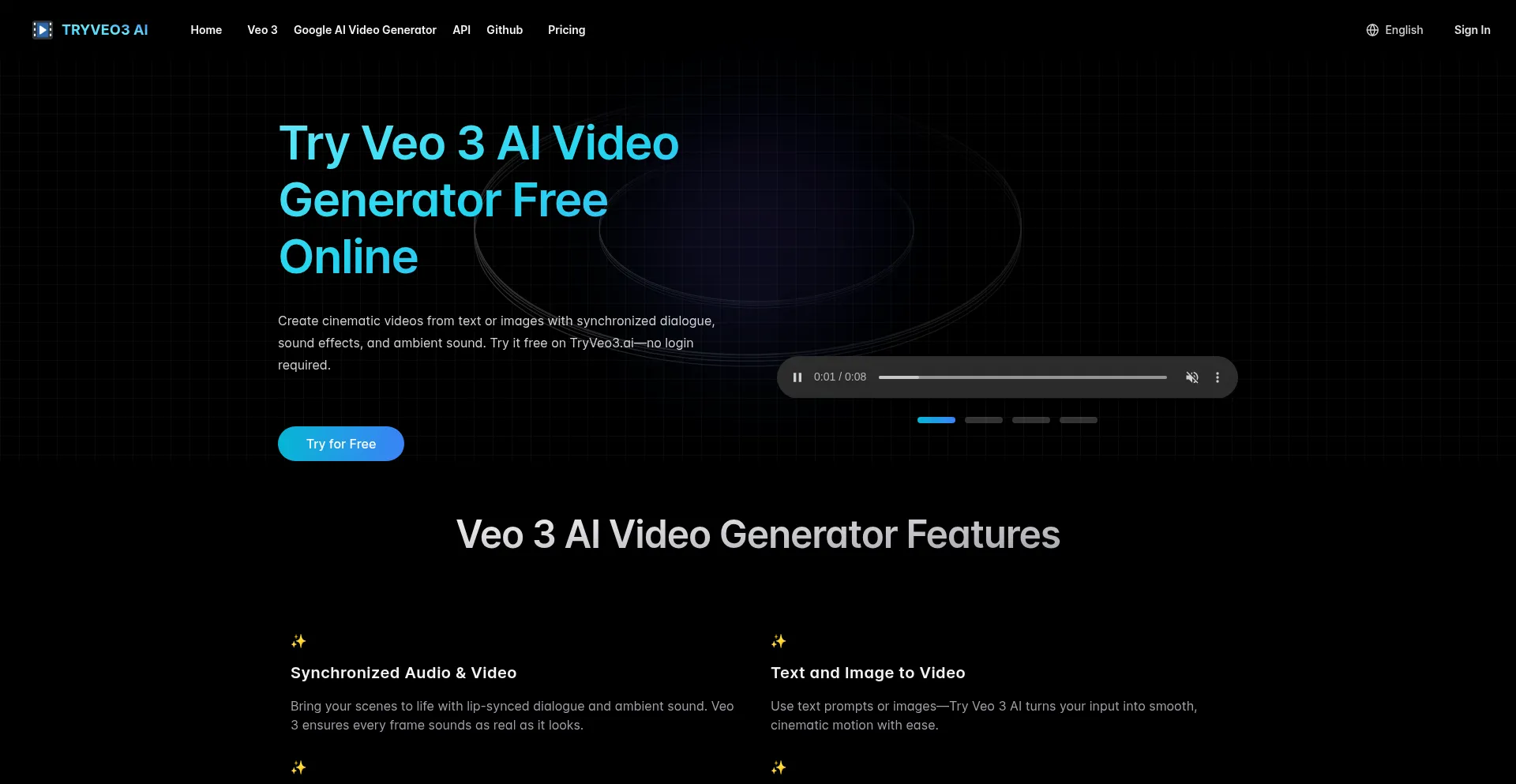Bark, developed by Suno, stands out as a multilingual and sophisticated text-to-speech and generative audio model. Leveraging state-of-the-art technology inspired by GPT-style models, it excels in producing lifelike speech, music, background noise, and basic sound effects.
One of Bark’s strengths lies in its ability to create nonverbal expressions like laughter, sighs, and tears, enhancing its versatility. Its expressive voices capture subtleties such as tone, pitch, and rhythm, ensuring engaging audio output.
Remarkably, Bark supports various languages, delivering speech in Mandarin, French, Italian, Spanish, and more with exceptional clarity and precision. Its seamless language-switching capability maintains high-quality sound effects across different linguistic contexts.
Designed with user-friendliness in mind, Bark is well-suited for individuals and businesses seeking top-notch voice content creation. Whether producing podcasts, audiobooks, video game sounds, or other voice-based content, Bark proves invaluable.
Key features of Bark include multilingual support, music generation, and comprehensive voice and audio cloning, encompassing tone, pitch, emotion, and prosody. It employs a sophisticated process wherein the initial text prompt is transformed into high-level semantic tokens, followed by conversion into audio codec tokens by a second model to generate the complete waveform.
This innovative approach enables Bark to extend its utility beyond speech to encompass music lyrics and sound effects, showcasing its versatility and adaptability. With its advanced technology, Bark emerges as a powerful tool for crafting high-quality synthetic audio across diverse languages and applications.
More details about BARK
Can Bark mimic sound effects and nonverbal communication?
Yes, Bark can mimic not only spoken words but also nonverbal cues and spoken conversations. This includes sobbing, sighing, laughing, and even ambient sounds. Because of this, Bark can produce a wide variety of audio content.
What is the foundation of Bark’s technology?
Bark is based on models in the GPT style. Its ability to produce speech is independent of phonemes. High-level semantic tokens contain the original text prompt instead of being separate entities. This enables Bark to extend the use of its tool to non-speech audio formats including sound effects and song lyrics.
How user-friendly is Bark’s user interface?
Bark has an easy-to-use interface that makes it suitable for both individual users and companies. It maintains quality while facilitating effortless switching between languages and sound effects.
How does Bark’s voice cloning work?
In order to avoid using phonemes, Bark’s voice cloning method begins with a text cue that is integrated into high-level semantic tokens. To construct the whole waveform, these semantic tokens are then converted into audio codec tokens using a second model. Bark can now clone voices with a great level of subtlety and depth thanks to this sequence.
